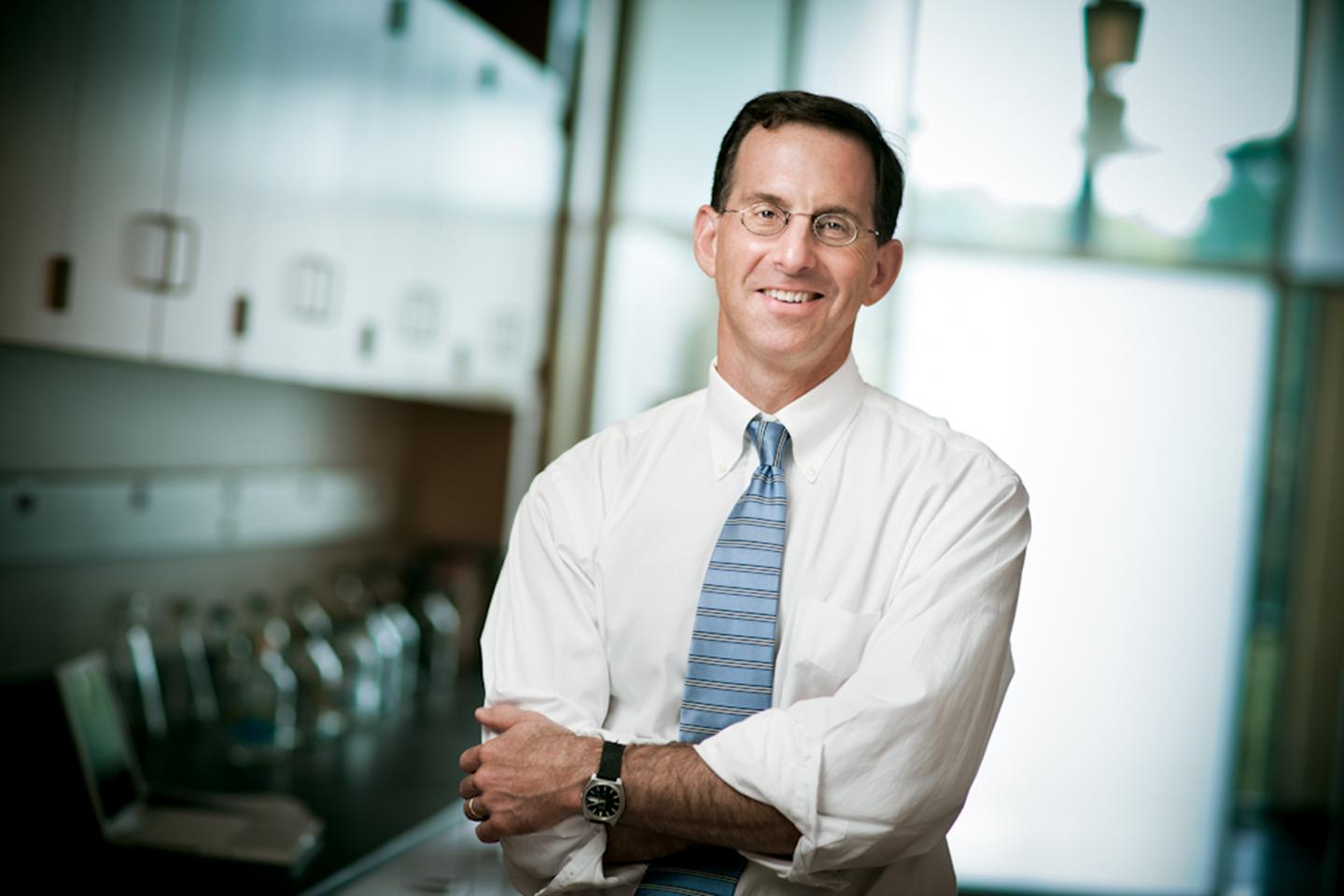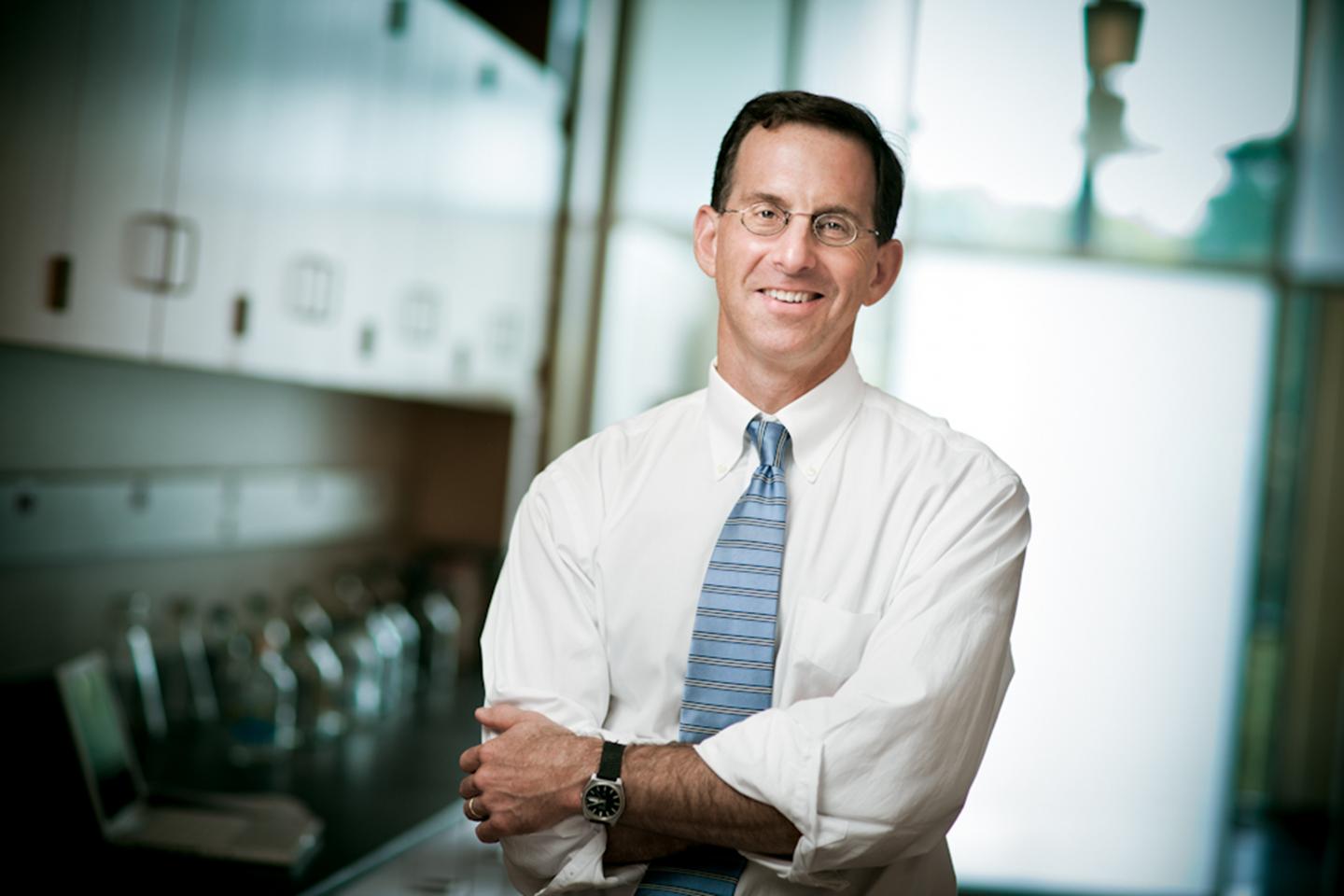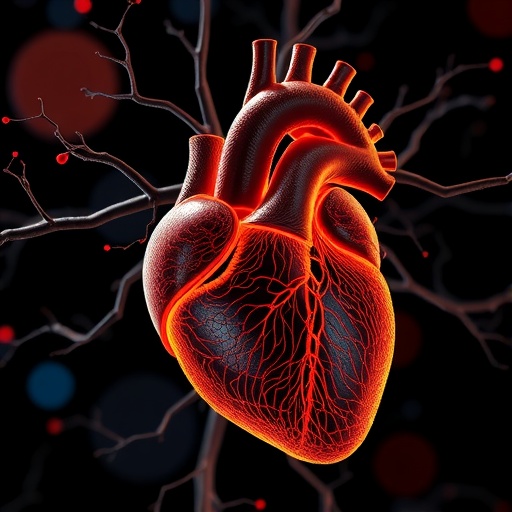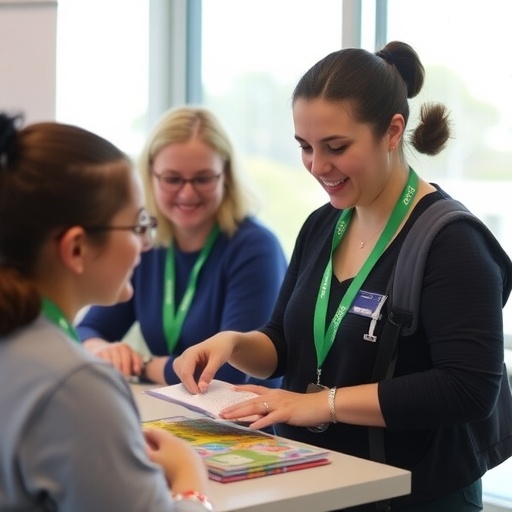
Chapel Hill, NC – Researchers at the University of North Carolina at Chapel Hill will receive nearly $23 million over the next five years to continue research on their innovative "kick and kill" strategy for eradicating HIV. Worldwide, 37 million people are living with HIV. The National Institutes of Health (NIH) selected CARE, the Collaboratory of AIDS Researchers for Eradication, which is based at UNC, for refunding after a competitive application process.
"I think we were refunded for several reasons. As we seek to both do discovery science and progress new therapies, our long-standing collaboration with Merck was extremely productive. We have now developed a new and unique partnership with GlaxoSmithKline (GSK), which resulted in Qura Therapeutics. And new work with leaders in innovative therapeutics like MacroGenics has shown great promise," said David Margolis, MD, Professor of Medicine at UNC and Principal Investigator of CARE. "Along those lines, a powerful addition to our academic team has been new partnerships with the Duke Human Vaccine Institute and the Yerkes National Primate Research Center at Emory. These give us new tools to study viral persistence and clearance."
The National Institute of Allergy and Infectious Diseases, part of the NIH, first funded CARE in 2011 through its Martin Delaney Collaboratory program for HIV cure research. The program was the first major funding initiative to focus on eradication of HIV from the body and was named in honor of internationally recognized HIV activist Martin Delaney. The UNC-led group includes partners at other universities around the country focusing on the "kick and kill" strategy for curing HIV. This approach involves waking up the latent or sleeping virus in the body and boosting the immune system to then recognize and clear the virus. CARE will continue to study this strategy for eradicating HIV, bolstered by what the researchers have learned over the past five years.
"The last five years have allowed us to develop the HIV cure field and understand more about viral latency – the strengths and weaknesses of measuring it, how to reverse it, and the need to combine latency reversing agents with strategies to clear the infection," said Margolis. "Over the next five years we will develop better ways to detect, measure and reverse latency. We will find ways to pair latency reversal with clearance of the virus because these two parts of the strategy must work together. And we will accelerate the evaluation of these approaches in animal models and humans."
Finding a cure for HIV is one of several tools that can build an AIDS-free generation. CARE's researchers and Community Advisory Board (CAB) members agree that to truly eliminate the global burden of HIV, prevention, treatment and cure initiatives must align.
"We know about treatment, and we know about prevention, but cure is a new frontier. We need to keep the community engaged in HIV cure research," said Erik Valera, Co-Chair of the CARE CAB. "It is important we educate the community members about this science. We should all be hopeful, yet realistic, regarding a cure for HIV."
###
For more information about CARE, visit delaneycare.org.
The mission of UNC's Institute for Global Health & Infectious Diseases is to harness the full resources of the University and its partners to solve global health problems, reduce the burden of disease, and cultivate the next generation of global health leaders. Learn more at http://www.globalhealth.unc.edu.
Media Contact
Morag MacLachlan
[email protected]
919-843-5719
@UNC_Health_Care





